Right then girls... TERM 2.... THANK GOD!!!



Can't tell you how much I've missed it

A bit of housekeeping with the blog first. I really think I should have headed up each section when we moved on to a different area e.g. cooling, ignition, engine etc. SO that's what I'm going to do from now on.

New term, new topic:
FUEL SYSTEMS:Ok so first thing is to explain the workings of a carburettor, specifically we learned to start withe the ''fixed jet'' carburettor. Even though they're obviously not in modern cars it's important to understand as there's a lot of theory around the vacuum side of things.
A handy cut-out-and-keep guide courtesy of google

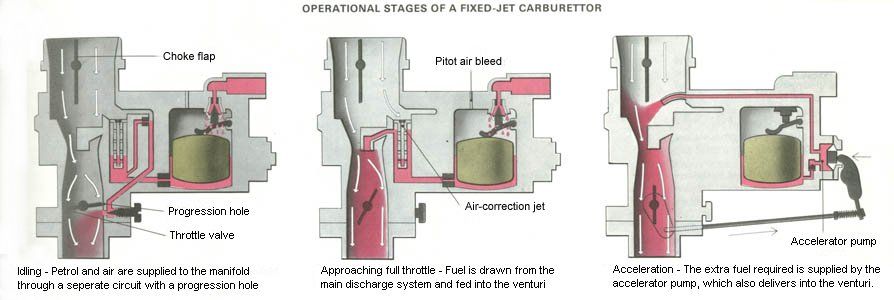
some notes anout this...
the progression hole is only a small hole and is used at idle as not much fuel is needed.i believe it relies solely on the vacuum created between the cylinders and the (at this point) closed throttle plate.
when the throttle plate is opened (by pressing the accelerator) the vacuum is placed on the fuel from the ''main jet'' and pulled in with the in-rushing air.
The choke plate is closed on start up so the pressure's higher hence drawing more fuel in for the initial fast idle, then opens as less fiel is needed when at temperature.
(note, these comments are based on what i can remember from this mornings lesson so if anythings incorrect do say

)
our Carburettor in bits...
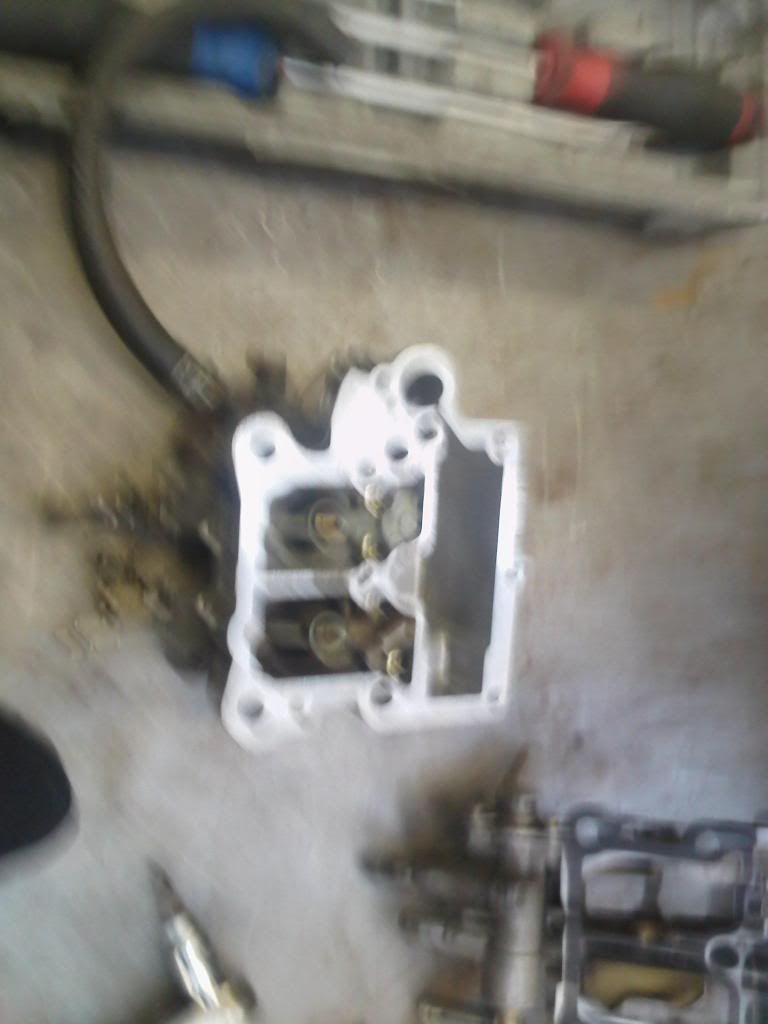

Sorry for the quality of that first photo.
in the first pic you can make out 3 ''areas''. the one on the right is the float chamber. this is simply where the fuelstays while it awaits its journey to the cylinders. its stopped from overflowing by the float which, when full, goes to the top of the chamber and the inlet is stopped by a plunger.
the two areas with a bit of gold in them are the chambers down to the throttle plates (two on this carb).
machined between the float chamber and the throttle plate chambers are the main jets (you cant see them though sadly).
in the second photo the black plastic at the top is the float and the main part of this component is the choke plate.
As I predicted the next thing on our list was fuel filters














i hate these things and the stupid ''quick release'' clips that aren't quick release at all. theyre ridiculous. i'm glad my omegas modified with fuel line and jubilee clips and thats how its staying!!!




Anyway, the fuel filter on the pug 206 we had to do...
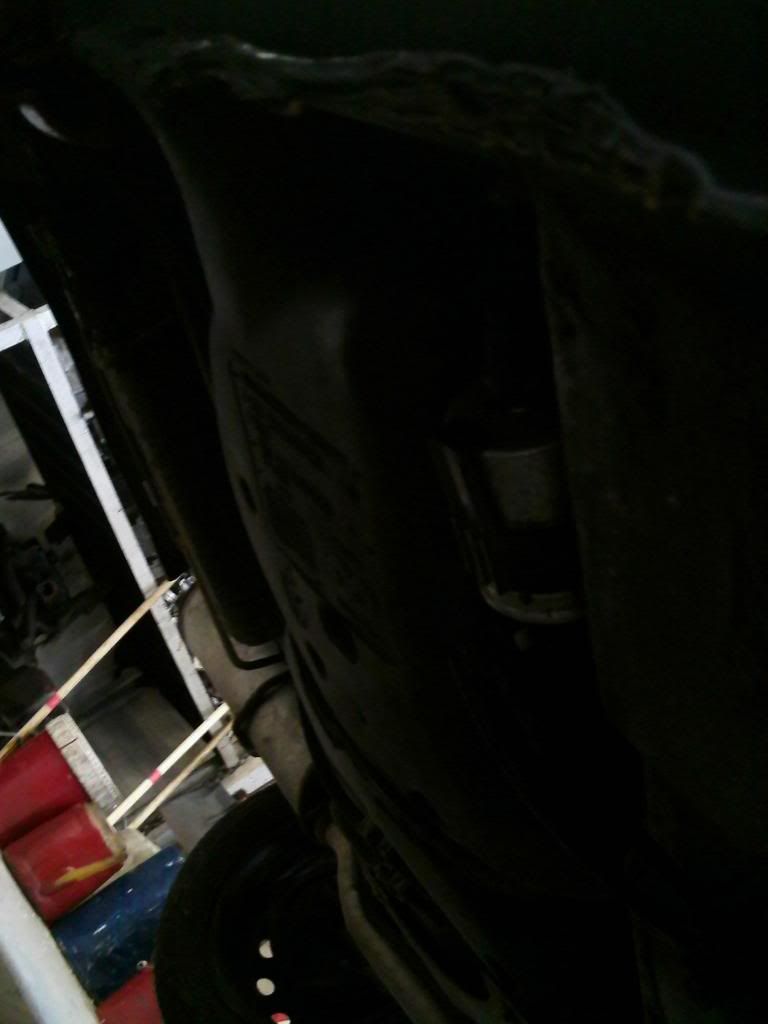
this is our second one on an N reg Fiesta. a total shite box of a car but christ the filter was easy. in the engine bay and the clips you pressed lightly and it sweetly came apart

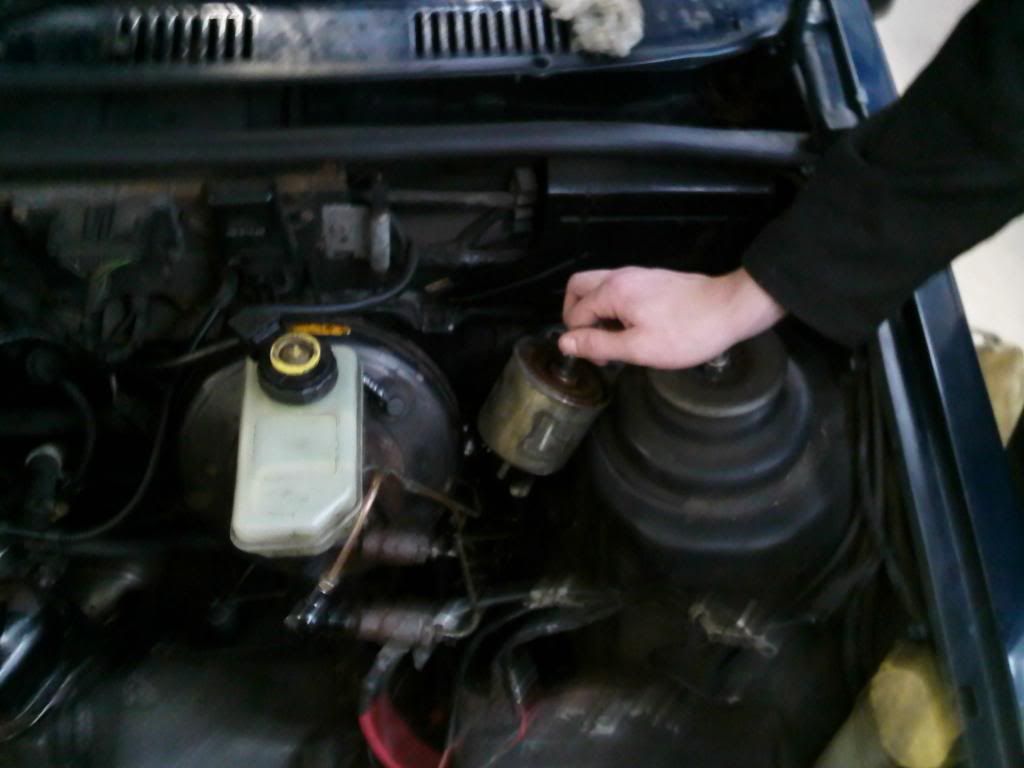
one thing to do when removing a filter is to depressurise the system. now on the two cars that we did there were schrieder (spell chack) valves. however if there wasnt a schreider valve you can hook up the fuel regulator to a tool with a gauge (cant remember the name... midi or mini something

) and this gauge with fuel line will draw the pressure out.
I personally dont think any depressurising is necessary. i've never done it on my car and the fact is you still lose a load of fuel when they come apart. also access (as we know from the V6) can be bloody limited. time vs lost fuel. cover it in a rag. job done.
what do you think?finally, we were informed by the lads that worked on the fiesta before us that when it was running it was surging. no ICV on this car but had a word with the tutor and basically we ripped the air filter out to be presented with a pipe the lads hadnt put back properly

but anyway this was what was underneath.... what looks like a carb and i guess does exactly the same function but the tutor called this a ''single electrode fuel mixer''..... a carb then

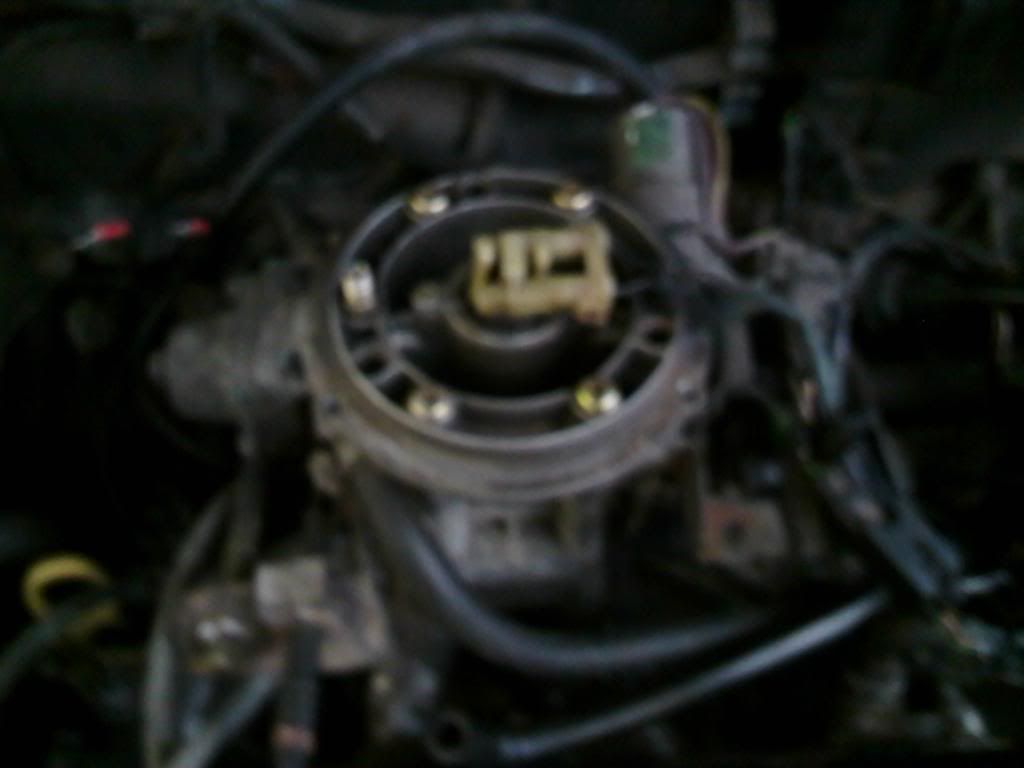
Anyway we tidied up the other lads' mess, hose clamped lose pipes and the car is running super sweet now




more updates tomorrow




 Author
Topic: Mechanic School Blog (Read 96003 times)
Author
Topic: Mechanic School Blog (Read 96003 times)

